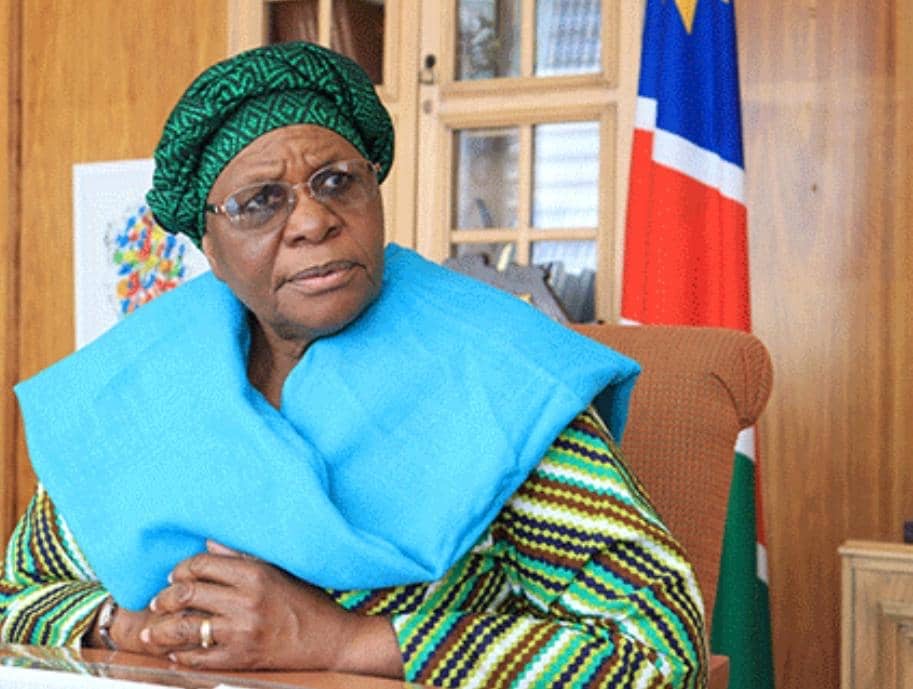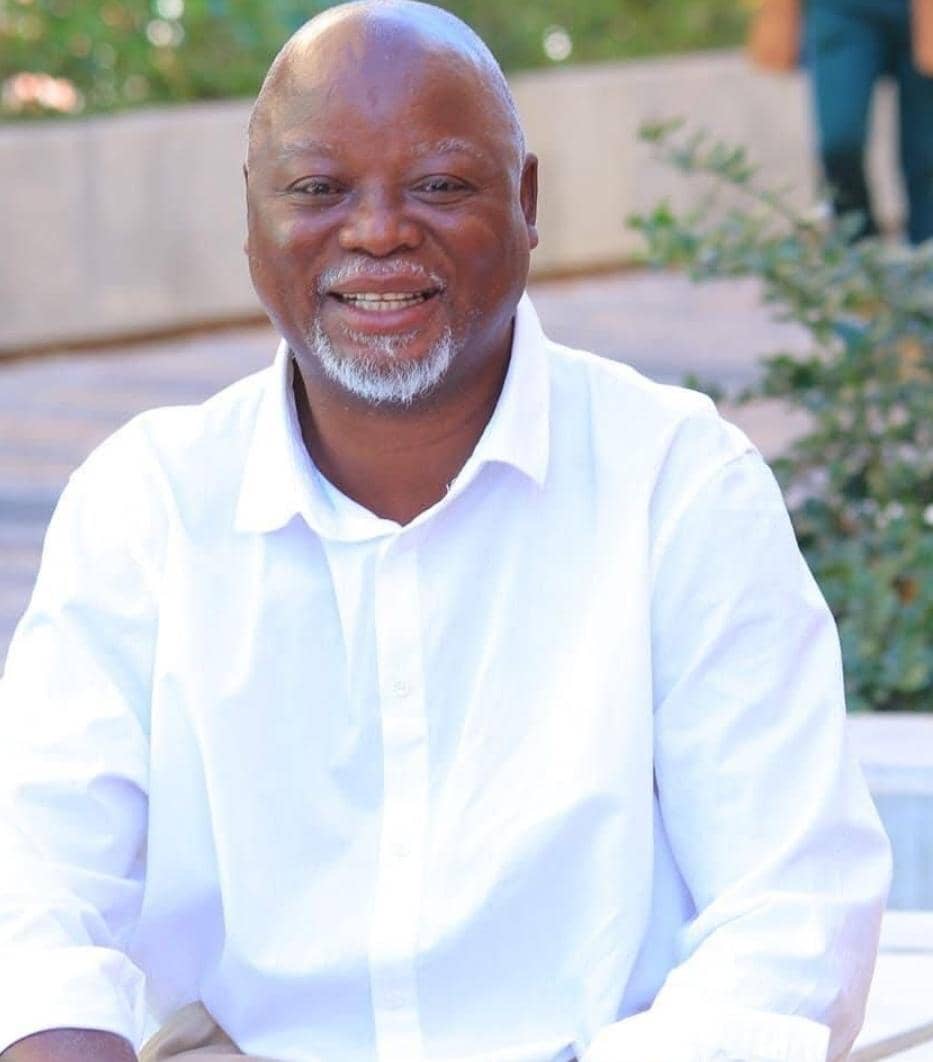SIR Edmund Hillary, the first person to stand atop the world’s highest mountain, was remembered on Friday as a deeply driven but unassuming man who strived to help the people of Nepal in the decades after his ascent of Mount Everest.
Hillary, who died on Friday of a heart attack at 88, will have a state funeral in New Zealand, where he began the mountaineering career that took him and Sherpa Tenzing Norgay to the tallest point on earth. Hillary’s life was marked by grand achievements, high adventure, discovery, excitement – but he was especially proud of his decades-long campaign to set up schools and health clinics in Nepal, the homeland of Tenzing Norgay, the mountain guide with whom he stood arm in arm on the 29 035-foot summit of Everest on May 29 1953.Yet he was humble to the point that he only acknowledged being the first man atop Everest long after the death of Tenzing.He wrote of the pair’s final steps to the top of the world: “Another few weary steps and there was nothing above us but the sky.There was no false cornice, no final pinnacle.We were standing together on the summit.There was enough space for about six people.We had conquered Everest.”Awe, wonder, humility, pride, exaltation – these surely ought to be the confused emotions of the first men to stand on the highest peak on Earth, after so many others had failed,” Hillary noted.”I removed my oxygen mask to take some pictures.It wasn’t enough just to get to the top.We had to get back with the evidence.Fifteen minutes later we began the descent.”Then, upon arriving back at base camp, he took an irreverent view: “We knocked the bastard off.”New Zealand Prime Minister Helen Clark, announcing his death, took a grander view of his achievements.”Sir Ed described himself as an average New Zealander with modest abilities.In reality, he was a colossus.He was an heroic figure who not only ‘knocked off’ Everest but lived a life of determination, humility, and generosity….The legendary mountaineer, adventurer, and philanthropist is the best-known New Zealander ever to have lived.”For all his description of his ascent, Hillary consistently refused to say whether he or Tenzing was the first man to step atop Everest, saying the two had climbed as a team to the top.It was a measure of his personal modesty, and of his commitment to his colleagues.Not until after Tenzing’s death in 1986 did Hillary finally break his long public silence about who was first.”We drew closer together as Tenzing brought in the slack on the rope.I continued cutting a line of steps upwards.Next moment I had moved onto a flattish exposed area of snow with nothing but space in every direction,” Hillary wrote, in his 1999 book ‘View from the Summit’.”Tenzing quickly joined me and we looked round in wonder.To our immense satisfaction we realised we had reached the top of the world.”More than 200 people have died trying to conquer Everest.Despite his achievement, Hillary didn’t place himself among top mountaineers.”I don’t regard myself as a cracking good climber.I’m just strong in the back.I have a lot of enthusiasm and I’m good on ice,” he said.The first mountain Hillary climbed was 9 645-foot Mount Tapuaenuku in Marlborough on New Zealand’s South Island.He scaled it solo over three days in 1944.’Tapuaenuku’ in Maori means “footsteps of the Rainbow God.””I’d climbed a decent mountain at last,” he said later.From there, he sought adventure in places as distant as the Arctic and Antarctica.In the 1957-58 Antarctic summer season, he made what became known as his “dash to the Pole” aboard modified farm tractors while part of a joint British-New Zealand expedition.Hillary got into hot water over the move as he disregarded instructions from the Briton leading the expedition and guided his tractor team up the then-untraversed Shelton Glacier, pioneering a new route to the polar plateau and the South Pole.In 1977, his ‘Ocean to the Sky’ expedition travelled India’s Ganges river by jet boat to within 130 miles of its source.Hillary was known as ready to take risks to achieve his goals, but always had control so that nobody ever died on a Hillary-led expedition.In 2006 he entered a dispute over the death of Everest climber David Sharp, saying it was “horrifying” that climbers could leave a dying man after an expedition left the Briton to die high on the upper slopes.Hillary said he would have abandoned his own pioneering 1953 climb to save another life.”It was wrong if there was a man suffering altitude problems and was huddled under a rock, just to lift your hat, say ‘good morning’ and pass on by,” he said.”Human life is far more important than just getting to the top of a mountain.”By the time he was 40, he was touring in the United States and Europe for three months at a time, speaking at more than 100 venues during a tour.Hillary never forgot Nepal, and without fanfare or compensation, he spent decades pouring energy and resources from his own fundraising efforts into the country through the Himalayan Trust he founded in 1962.Known as ‘burra sahib’ – ‘big man’, for his 6-foot-2-inch frame – by the Nepalese, Hillary funded and helped build hospitals, health clinics, airfields and schools.He raised funds for higher education for Sherpa families, and helped set up reforestation programmes in the impoverished country.About US$250 000 a year was raised by the charity for projects in Nepal.A strong conservationist, he demanded that international mountaineers clean up thousands of tons of discarded oxygen bottles, food containers and other climbing debris that litter an area known as South Col valley, the jump-off point for Everest attempts.Hillary’s commitment to Nepal took him back more than 120 times, last visiting in 2007.Unlike many climbers, Hillary said when he died he had no desire to have his remains left on a mountain.He wanted his ashes scattered on Waitemata Harbour in the northern city of Auckland where he lived his life.”To be washed gently ashore, maybe on the many pleasant beaches near the place I was born.Then the full circle of my life will be complete,” he said.Like many good mountaineers before him, Hillary had no special insight into that quintessential question: Why climb? “I can’t give you any fresh answers to why a man climbs mountains.The majority still go just to climb them.”Nampa-APHillary’s life was marked by grand achievements, high adventure, discovery, excitement – but he was especially proud of his decades-long campaign to set up schools and health clinics in Nepal, the homeland of Tenzing Norgay, the mountain guide with whom he stood arm in arm on the 29 035-foot summit of Everest on May 29 1953.Yet he was humble to the point that he only acknowledged being the first man atop Everest long after the death of Tenzing.He wrote of the pair’s final steps to the top of the world: “Another few weary steps and there was nothing above us but the sky.There was no false cornice, no final pinnacle.We were standing together on the summit.There was enough space for about six people.We had conquered Everest.”Awe, wonder, humility, pride, exaltation – these surely ought to be the confused emotions of the first men to stand on the highest peak on Earth, after so many others had failed,” Hillary noted.”I removed my oxygen mask to take some pictures.It wasn’t enough just to get to the top.We had to get back with the evidence.Fifteen minutes later we began the descent.”Then, upon arriving back at base camp, he took an irreverent view: “We knocked the bastard off.”New Zealand Prime Minister Helen Clark, announcing his death, took a grander view of his achievements.”Sir Ed described himself as an average New Zealander with modest abilities.In reality, he was a colossus.He was an heroic figure who not only ‘knocked off’ Everest but lived a life of determination, humility, and generosity….The legendary mountaineer, adventurer, and philanthropist is the best-known New Zealander ever to have lived.”For all his description of his ascent, Hillary consistently refused to say whether he or Tenzing was the first man to step atop Everest, saying the two had climbed as a team to the top.It was a measure of his personal modesty, and of his commitment to his colleagues.Not until after Tenzing’s death in 1986 did Hillary finally break his long public silence about who was first.”We drew closer together as Tenzing brought in the slack on the rope.I continued cutting a line of steps upwards.Next moment I had moved onto a flattish exposed area of snow with nothing but space in every direction,” Hillary wrote, in his 1999 book ‘View from the Summit’.”Tenzing quickly joined me and we looked round in wonder.To our immense satisfaction we realised we had reached the top of the world.”More than 200 people have died trying to conquer Everest.Despite his achievement, Hillary didn’t place himself among top mountaineers.”I don’t regard myself as a cracking good climber.I’m just strong in the back.I have a lot of enthusiasm and I’m good on ice,” he said.The first mountain Hillary climbed was 9 645-foot Mount Tapuaenuku in Marlborough on New Zealand’s South Island.He scaled it solo over three days in 1944.’Tapuaenuku’ in Maori means “footsteps of the Rainbow God.””I’d climbed a decent mountain at last,” he said later.From there, he sought adventure in places as distant as the Arctic and Antarctica.In the 1957-58 Antarctic summer season, he made what became known as his “dash to the Pole” aboard modified farm tractors while part of a joint British-New Zealand expedition.Hillary got into hot water over the move as he disregarded instructions from the Briton leading the expedition and guided his tractor team up the then-untraversed Shelton Glacier, pioneering a new route to the polar plateau and the South Pole.In 1977, his ‘Ocean to the Sky’ expedition travelled India’s Ganges river by jet boat to within 130 miles of its source.Hillary was known as ready to take risks to achieve his goals, but always had control so that nobody ever died on a Hillary-led expedition.In 2006 he entered a dispute over the death of Everest climber David Sharp, saying it was “horrifying” that climbers could leave a dying man after an expedition left the Briton to die high on the upper slopes.Hillary said he would have abandoned his own pioneering 1953 climb to save another life.”It was wrong if there was a man suffering altitude problems and was huddled under a rock, just to lift your hat, say ‘good morning’ and pass on by,” he said.”Human life is far more important than just getting to the top of a mountain.”By the time he was 40, he was touring in the United States and Europe for three months at a time, speaking at more than 100 venues during a tour.Hillary never forgot Nepal, and without fanfare or compensation, he spent decades pouring energy and resources from his own fundraising efforts into the country through the Himalayan Trust he founded in 1962.Known as ‘burra sahib’ – ‘big man’, for his 6-foot-2-inch frame – by the Nepalese, Hillary funded and helped build hospitals, health clinics, airfields and schools.He raised funds for higher education for Sherpa families, and helped set up reforestation programmes in the impoverished country.About US$250 000 a year was raised by the charity for projects in Nepal.A strong conservationist, he demanded that international mountaineers clean up thousands of tons of discarded oxygen bottles, food containers and other climbing debris that litter an area known as South Col valley, the jump-off point for Everest attempts.Hillary’s commitment to Nepal took him back more than 120 times, last visiting in 2007.Unlike many climbers, Hillary said when he died he had no desire to have his remains left on a mountain.He wanted his ashes scattered on Waitemata Harbour in the northern city of Auckland where he lived his life.”To be washed gently ashore, maybe on the many pleasant beaches near the place I was born.Then the full circle of my life will be complete,” he said.Like many good mountaineers before him, Hillary had no special insight into that quintessential question: Why climb? “I can’t give you any fresh answers to why a man climbs mountains.The majority still go just to climb them.”Nampa-AP
Stay informed with The Namibian – your source for credible journalism. Get in-depth reporting and opinions for
only N$85 a month. Invest in journalism, invest in democracy –
Subscribe Now!







